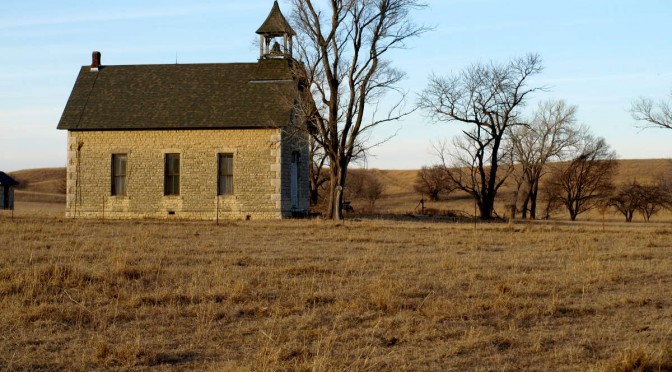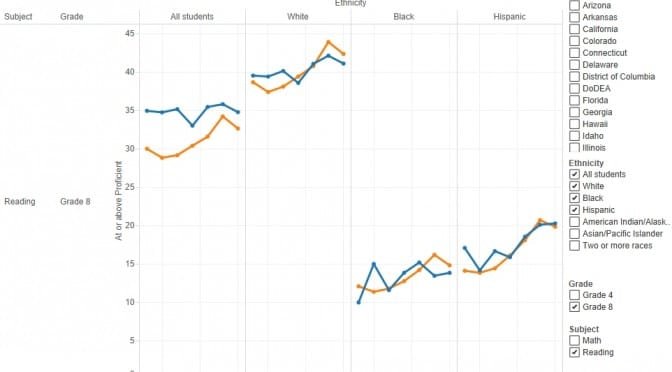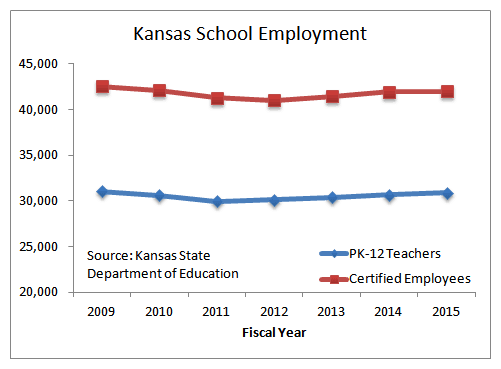Tag: Kansas Association of School Boards
-

Kansas schools and other states
A joint statement released by Kansas Association of School Boards, United School Administrators of Kansas, Kansas School Superintendents’ Association, and Kansas National Education Association makes claims about Kansas public schools that aren’t factual.
-

Must it be public schools?
A joint statement released by Kansas Association of School Boards, United School Administrators of Kansas, Kansas School Superintendents’ Association, and Kansas National Education Association exposes the attitudes of the Kansas public school establishment.
-

School choice in Kansas: The haves and have-nots
Kansas non-profit executives work to deny low-income families the school choice opportunities that executive salaries can afford.
-

Survey finds Kansans with little knowledge of school spending
As in years past, a survey finds that when Kansans are asked questions about the level of school spending, few have the correct information.
-

Kansas NAEP scores for 2015
Reactions to the release of National Assessment of Educational Progress scores for Kansas and the nation. Also, an interactive visualization.
-

Kansas school funding growing faster than inflation
Kansas school funding has been growing much faster inflation and enrollment, but for some, it will never be enough, and they will continue to use taxpayer money to press their monetary demands, writes Dave Trabert of Kansas Policy Institute.
-

Kansas school employees, the trend
The trend in Kansas public school employment and teacher/pupil ratios may surprise you, given the narrative presented by public schools.
-

For Kansas schools, a share of your income is the standard
If Kansas personal income rises but the school spending establishment doesn’t get its cut, something is wrong, they say.
-
School boards in Kansas
Mark Tallman, associate executive director for advocacy at Kansas Association of School Boards addressed members and guests of the Wichita Pachyderm Club on January 9, 2015. The slides from his presentation are below. [gview file=”http://wichitaliberty.org/wp-content/uploads/2015/01/School-Boards-in-Kansas-Mark-Tallman-2015-01-09.pdf”]